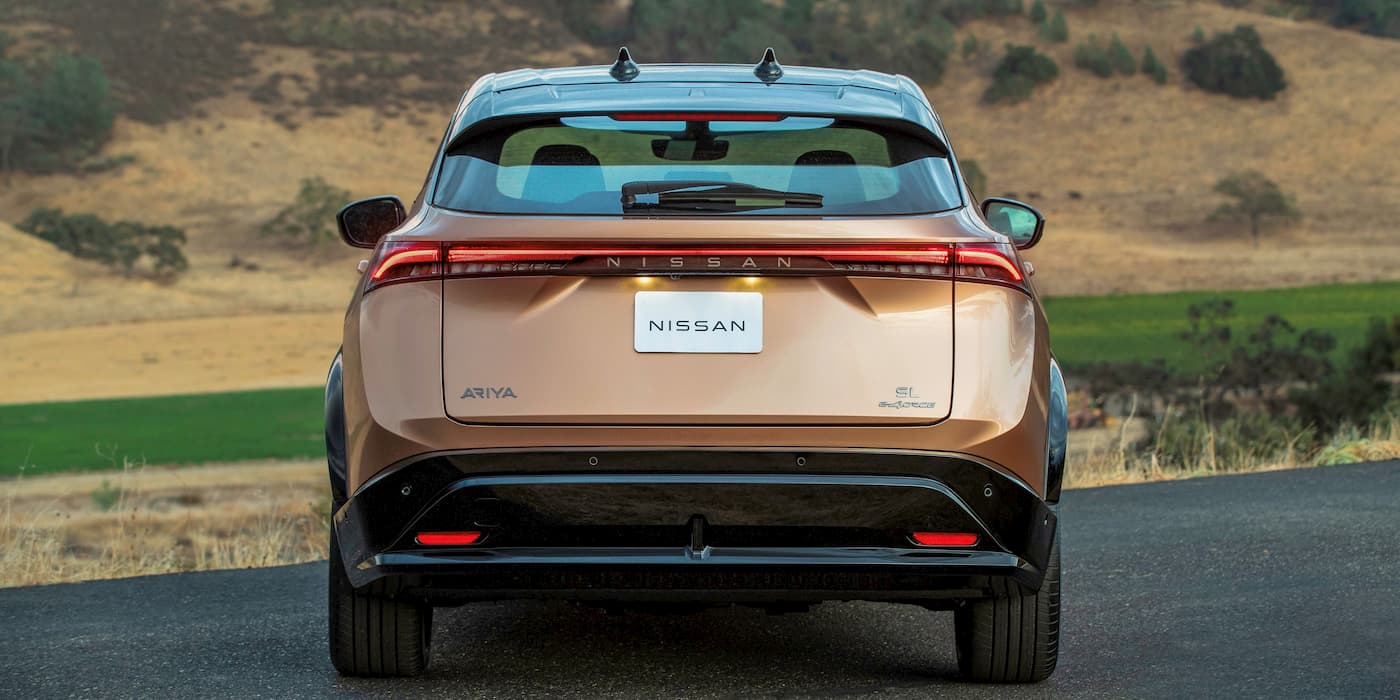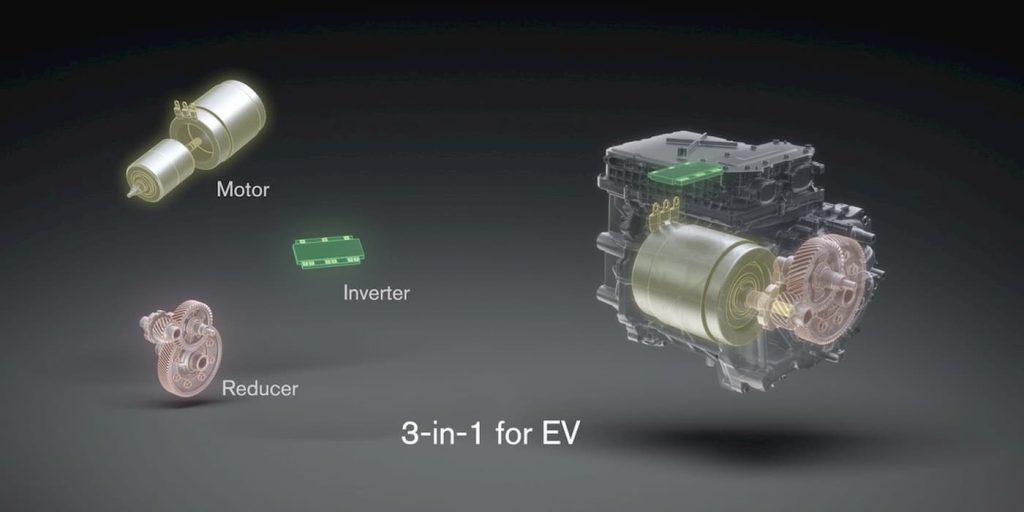
Nissan is doubling down on its new efforts to boost electric vehicle production. The automaker says under its new EV powertrain approach, development and manufacturing costs will be reduced by 30% by 2026.
Despite Nissan’s early lead in the pure battery electric vehicle market with the release of the LEAF in 2011, the Japanese automaker is now falling behind with automakers racing to develop EVs.
The Nissan LEAF was, at its prime, the best-selling all-electric vehicle in Europe in 2018 after an impressive run.
With a slew of new competitors entering the market since, the LEAF slipped out of the top 10 this past year as Tesla (Model Y and Model 3), Volkswagen (ID3 and ID4), Hyundai and Kia (Kona electric and Niro), and other models from Fiat, Skoda, Dacia, and Peugeot took market share.
Nissan began selling its second electric vehicle, the 2023 Ariya electric SUV, but it took over a decade since the LEAF was introduced.
The Ariya is the Japanese automaker’s first electric SUV with up to 304 miles range and an MSRP of $43,190 (for the base Engage FWD trim).
Recognizing the urgency, Nissan announced plans last month to accelerate its EV strategy “Ambition 2030,” initially introduced in 2021. The updated strategy includes releasing 19 new EVs by 2030, up from the 15 previously expected, and higher electric sales in key markets.
Nissan reveals “X-in-1” to reduce EV powertrain costs
To maximize its strategy and remain competitive going forward, Nissan unveiled a new EV powertrain approach Thursday that will result in a 30% reduction in development and manufacturing costs by 2026, according to the automaker.

Nissan says it has developed a 3-in-1 powertrain prototype consisting of the electric motor, inverter, and reducer, which it plans to use for its EVs.
By sharing and modularizing the prototype with its e-POWER hybrid vehicles, Nissan will be able to produce EVs and hybrids on the same line, which the automaker says will reduce manufacturing and development costs by 30% by 2026.
More importantly, Nissan is reducing the size and weight of the motor to improve performance and diminish noise and vibration. Interestingly, Nissan says it will develop a new electric motor that will trim its heavy rare earth element use to 1% or less of magnet weight.
Electrek’s Take
Although a 30% reduction in powertrain development and manufacturing costs may seem like a lot, it will likely only result in a minimal price decrease for Nissan’s EVs.
That being said, streamlining production is vital in reducing costs and expanding margins. Tesla has been touting this for years, and that’s why it’s achieving some of the industry’s highest margins.
FTC: We use income earning auto affiliate links. More.



Comments